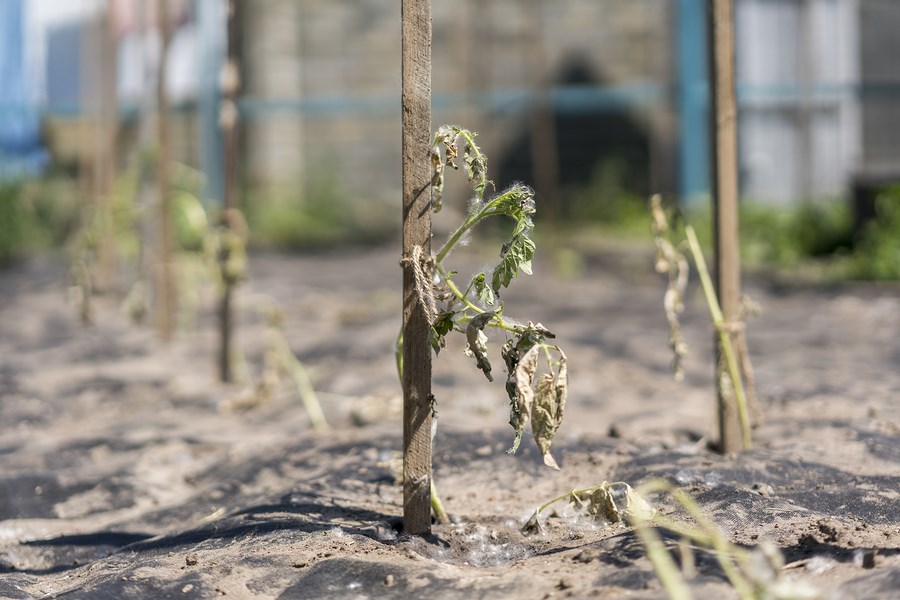Drought last summer, followed by hail and an overabundance of rain this summer, could be an indication that we are in for more extreme weather in the future. More extreme weather has already led to changing agricultural practices in several countries. What can we do in the home garden to adapt to both drought and an excess rain?
For both wet and dry conditions, a loamy soil is your first defence. A sandy soil has excellent drainage but dries out too fast and is poor in nutrients, while a clay soil is rich in nutrients but holds too much water. Both sand and clay soils are improved by adding organic material like peat moss or compost.
I have always used raised beds in my vegetable garden. This summer’s rain flooded a section of the garden at the lowest spot, which is at the base of two slopes. The raised beds in the rest of the garden are producing well, while in the low spot the plants are suffering.
Raised beds do not require any expenditure or construction. In a larger garden you can dig out your paths and pile the dirt onto the bed, raising the level of the bed. Size and shape the raised bed so that you can reach in from the path on any side, eliminating the need to walk on the bed. The path may have standing water after a heavy rain, but the raised bed will be above the water.
I have at times used boards in the paths. They keep my feet dry, and have the added bonus of exposing slugs when turned over in the morning. The slugs can then be eliminated.
The low spot at the base of the two slopes requires a different strategy. It has always been damp, so I planted a couple of black currant bushes there. They like wet conditions and thrive in that location. I am also considering either digging a trench or putting up a temporary barrier to move the run-off away from the vegetable garden.
I have read that weeds can be your friends in a wet garden, taking up some of that excess water. I’m not too sure about that strategy, knowing how fast they can spread and how difficult they can be to remove when dry conditions return.
Drought can be dealt with using any number of watering methods. I have three rain barrels which I use for watering my planters. A drip irrigation system or weeping hose can deliver the inch of water a week needed by most plants directly to the root zone. Water deeply and not too often to encourage plants to develop deep roots. A layer of mulch helps retain water in the soil.
Happy gardening, whatever the conditions.
Horticulturalist Mary Wright has lived in Denare Beach for over 20 years. She shares her passion for gardening with Flin Flon readers every second Wednesday in The Reminder.




